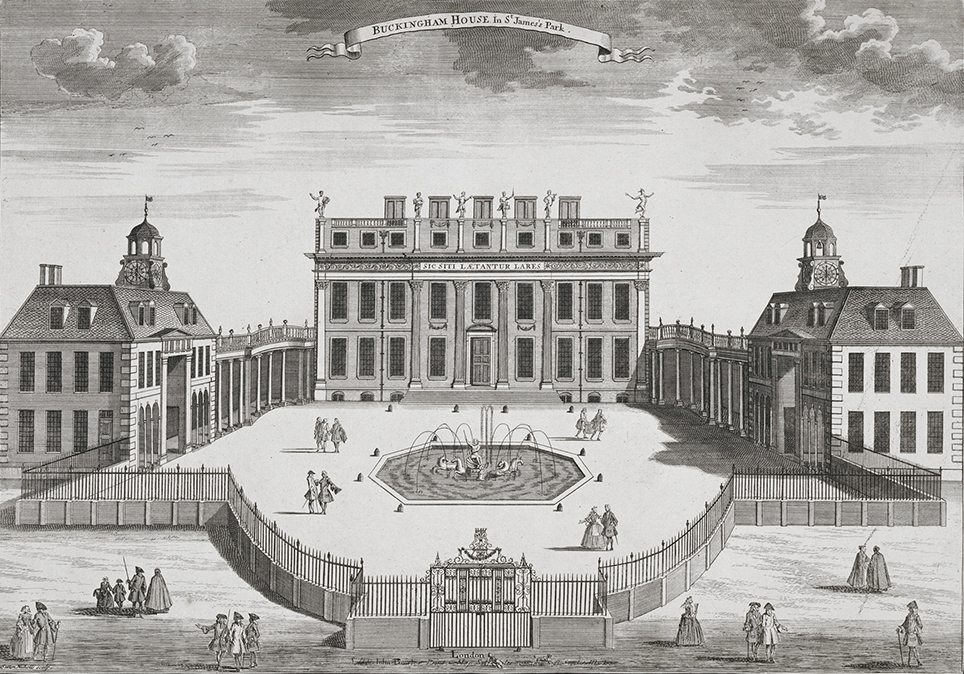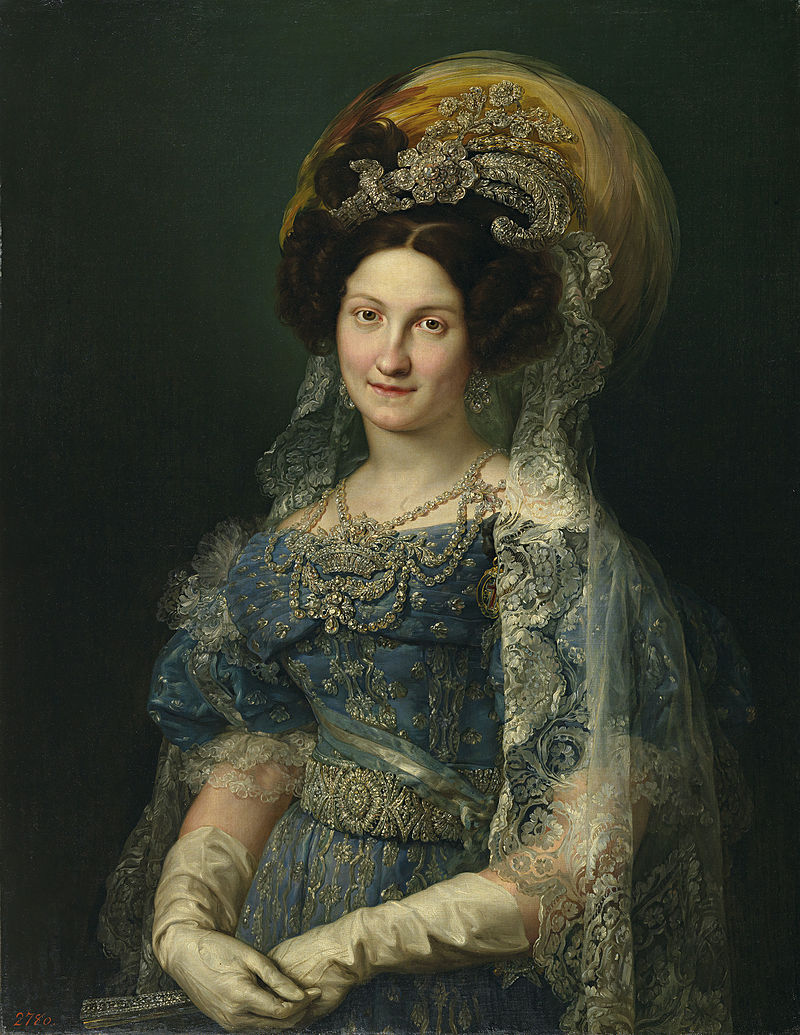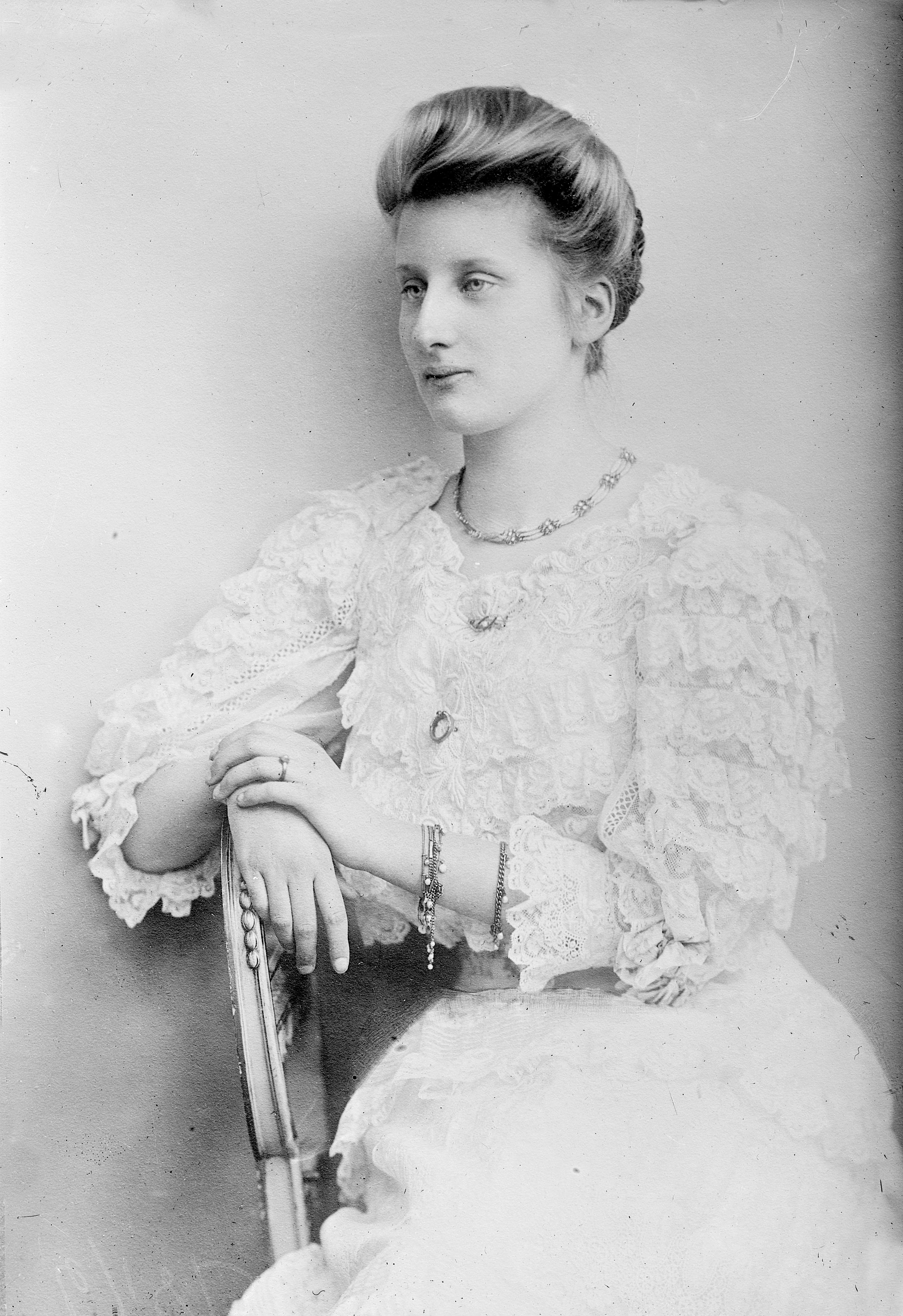© Unofficial Royalty 2024

King Ferdinand I of Romania; Credit – Wikipedia
August 24, 1113 – Birth of Geoffrey V, Count of Anjou, father of King Henry II of England
After the death of William Ætheling, King Henry I’s only legitimate son, in the White Ship disaster, Henry I needed male heirs from his daughter Matilda who was quite unhappy about the marriage to Geoffrey. This would be her second marriage. When she was twelve years old, Matilda married 28-year-old Heinrich V, Holy Roman Emperor. Matilda returned to England when she was widowed eleven years later. She was eleven years older than Geoffrey and marriage to a mere future Count would diminish her status as the widow of an Emperor. The couple was married in 1128 and produced three sons including King Henry II of England. The couple did not get along and their marriage was stormy with frequent, long separations. Matilda insisted on retaining her title of Empress for the rest of her life.
Unofficial Royalty: Geoffrey V, Count of Anjou
August 24, 1507 – Death of Cecily of York, Viscountess Welles, daughter of King Edward IV of England; the place of her death and burial site are uncertain, most likely she died on the Isle of Wight, England was buried at Quarr Abbey, Isle of Wight
Cecily was the daughter of Edward IV, the first King of England from the House of York, and Elizabeth Woodville. In 1485, Cecily’s uncle King Richard III arranged for a marriage for Cecily to Ralph Scrope, who was much below her in status to rule out her claim to the throne. When Henry VII, the first Tudor king, came to the throne, Cecily’s marriage to Ralph Scrope was annulled because the marriage was not in the interests of the new Tudor dynasty. Cecily was married to a nobleman loyal to King Henry VII, John Welles, 1st Viscount Welles, the younger half-brother of King Henry VII’s mother Lady Margaret Beaufort. Cecily and John had two daughters who both died in childhood. After the death of her husband and daughters, Cecily returned to the court seeking comfort and protection from her older sister Elizabeth of York who had married King Henry VII. Lady Margaret Beaufort, Henry VII’s mother, helped Cecily protect her rights to her deceased husband’s property, claimed by his half-sisters. Cecily married Sir Thomas Kyme without the permission of King Henry VII.
Unofficial Royalty: Cecily of York, Viscountess Welles
August 24, 1545 – Death of Charles Brandon, 1st Duke of Suffolk, 2nd Husband of Mary Tudor at Guildford Castle in Surrey, England; buried at St. George Chapel, Windsor Castle in Windsor, England
Charles Brandon’s father was the standard banner for Henry Tudor, Earl of Richmond (the future King Henry VII). He was killed by King Richard III during the Battle of Bosworth Field while defending the standard banner of Henry Tudor. After his mother died, Charles was raised at King Henry VII’s court and became a close friend of Henry VII’s son, the future King Henry VIII. Charles had two marriages before he married Mary Tudor. After the death of Mary Tudor’s first husband King Henry XII of France, Charles and Mary secretly married, greatly angering Mary’s brother King Henry VIII. Eventually, Henry forgave them. Charles and Mary had two sons and two daughters, but only their daughters survived childhood. Their daughter Lady Frances Brandon was the mother of the ill-fated Lady Jane Grey. After Mary Tudor’s death, Charles married one more time. Throughout the reign of King Henry VIII, Charles Brandon remained close to the king, acting as a companion at court and often accompanying him on his travels. He accompanied Henry VIII to his famous 1520 summit with King François I of France known as the Field of the Cloth of Gold. In 1536, Brandon stood at the scaffold at the Tower of London, representing Henry VIII, at the execution of Anne Boleyn.
Unofficial Royalty: Charles Brandon, 1st Duke of Suffolk
August 24, 1739 – Birth of Elizaveta Romanovna Vorontsova, mistress of Peter III, Emperor of All Russia
Elizaveta’s father, Count Roman Illarionovich Vorontsov, took part in the 1741 coup that brought Elizabeth Petrovna, the only surviving child of Peter I (the Great), Emperor of All Russia, to the throne as Elizabeth, Empress of All Russia. Empress Elizabeth never married and her sister’s son Karl Peter Ulrich of Holstein-Gottorp, whose name was changed to Grand Duke Peter Feodorovich (the future Peter III, Emperor of All Russia), was her heir. Elizaveta was assigned to the court of Grand Duke Peter where she was to serve Peter’s wife Grand Duchess Catherine Alexeievna (the future Catherine II the Great, Empress of All Russia). Peter and Catherine’s marriage was not a happy one but Catherine did have one son, Paul, the future Emperor of All Russia, and one daughter Anna Petrovna, who died in early childhood, although neither of them may have been Peter’s children. Peter took Elizaveta Romanovna Vorontsova as his mistress and Catherine had affairs.
Unofficial Royalty: Elizaveta Romanovna Vorontsova, Mistress of Peter III, Emperor of All Russia
August 24, 1758 – Birth of Sophia Friederike of Mecklenburg-Schwerin, Hereditary Princess of Denmark and Norway in Schwerin, Duchy of Mecklenburg-Schwerin, now in the German state of Mecklenburg-Vorpommern
Sophia Friederike married Hereditary Prince Frederik of Denmark and Norway, the only child of King Frederik V of Denmark and Norway and his second wife Juliana Maria of Brunswick-Wolfenbüttel. They were the parents of King Christian VIII of Denmark. Through their daughter Louise Charlotte, they are the ancestors of the Belgian, British, Danish, Luxembourg, Norwegian, and Spanish royal families and the former royal families of Greece and Romania.
Unofficial Royalty: Sophia Friederike of Mecklenburg-Schwerin, Hereditary Princess of Denmark and Norway
August 24, 1772 – Birth of King Willem I of the Netherlands at Huis ten Bosch in The Hague, the Netherlands
Full name: Willem Frederik
Willem was the eldest surviving son of Willem V, Prince of Orange, the last Stadtholder of the Dutch Republic. The Napoleonic Wars disrupted Willem’s life. The French invaded the Dutch Republic in 1795 and the family went into exile first in England and then in 1796 in Prussia where they lived until 1813. In 1806, Willem’s father died and he inherited the title Prince of Orange. After the defeat of Napoleon, the Dutch Republic was proclaimed the Kingdom of the Netherlands and Willem became its first king. King Willem I abdicated in 1840 due to constitutional changes he disagreed with, anger over the loss of Belgium, and his desire to make a morganatic second marriage with Henriëtte d’Oultremont after the death of his first Wilhelmine of Prussia in 1837. His eldest son succeeded him as Willem II. After his abdication, Willem was styled King Willem Frederick, Count of Nassau.
Unofficial Royalty: King Willem I of the Netherlands
August 24, 1865 – Birth of King Ferdinand I of Romania at Sigmaringen Castle, in Sigmaringen, Kingdom of Prussia, now in Baden-Württemberg, Germany
Born: Prince Ferdinand Viktor Albert Meinrad of Hohenzollern-Sigmaringen
In 1866, his uncle, Prince Karl of Hohenzollern-Sigmaringen, had been elected Ruling Prince of the Romanian United Principalities, and in 1881 was proclaimed King Carol I of Romania. King Carol and his wife, Princess Elisabeth of Wied, had only one daughter who died when she was three years old. With no sons to inherit the throne, the succession passed to his younger brother Leopold, Ferdinand’s father. Leopold renounced his rights in 1880, as did his eldest son Wilhelm in 1886. The second son Ferdinand became heir-presumptive to the Romanian throne. the Romanian government formally recognized him as Crown Prince in 1889. On October 10, 1914, Ferdinand became King of Romania upon the death of his uncle.
Unofficial Royalty: King Ferdinand I of Romania
August 24, 1888 – Death of Lord Alfred Paget, Queen Victoria’s Chief Equerry and Clerk Marshal 1846 – 1858 and 1859-1874 and Clerk Marshal 1874 – 1888, on his yacht off the coast of Inverness, Scotland; buried at St. Mary’s Church in Hampton, London Borough of Richmond upon Thames, England
Lord Alfred Paget served Queen Victoria as Chief Equerry and Clerk Marshal 1846 – 1858 and 1859-1874 and as Clerk Marshal 1874 – 1888. Nearly everything about Lord Alfred in the series “Victoria” is incorrect.
Unofficial Royalty: Lord Alfred Paget
August 24, 1909 – Birth of Prince Hubertus of Saxe-Coburg and Gotha, son of Charles Edward, Duke of Saxe-Coburg and Gotha, at Reinhardsbrunn Castle, in Friedrichroda, Duchy of Saxe-Coburg and Gotha, now in Thuringia, Germany
Full name: Dietmar Hubertus Friedrich Wilhelm Philip
At the end of World War I, the Workers’ and Soldiers Council of Gotha, deposed Hubertus’ father as Duke of Saxe-Coburg and Gotha. Five days later, Charles Edward signed a declaration relinquishing his rights to the throne but remained Head of the House of Saxe-Coburg and Gotha. In 1932, Hubertus’ elder brother Johann Leopold made an unequal marriage against the Saxe-Coburg and Gotha House Act of March 1, 1855, and renounced succession rights for himself and any children from the marriage. As the next son, Hubertus was designated the heir to his father as Head of the House of Saxe-Coburg and Gotha. Hubertus became a member of the Nazi Party and saw action with the German Army on the Eastern Front during World War II. He served as a first lieutenant on the High Command of the Army and was deployed as a Luftwaffe pilot serving as a squadron leader. Hubertus was killed in action in an airplane crash at the age of 34 on November 26, 1943, in Velyki Mosty, in present-day Ukraine.
Unofficial Royalty: Prince Hubertus of Saxe-Coburg and Gotha
This article is the intellectual property of Unofficial Royalty and is NOT TO BE COPIED, EDITED, OR POSTED IN ANY FORM ON ANOTHER WEBSITE under any circumstances. It is permissible to use a link that directs to Unofficial Royalty.

















